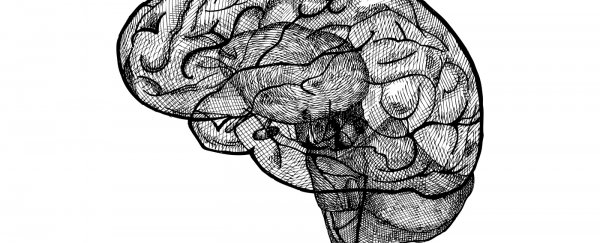An international study has provided insight into the genes that cause the unique shape and structure of our brains.
The team, which involved researchers from UNSW's Centre of Healthy Brain Ageing, identified a range of genetic variants that can influence the size of our brain, and important behaviour-regulating structures within it, such as the hippocampus and amygdala.
This could explain why some brain regions are bigger in certain people, and could also help researchers understand the genetic basis of a range of neurological diseases, such as Tourette's syndrome, Alzheimer's disease and schizophrenia.
"Many neuropsychiatric diseases and conditions, like depression and schizophrenia have effects on the regions we've studied, the co-author of the study, Sarah Medland, from Australia's Queensland Institute for Medical Research, told Marc Llewellyn from ABC Science.
"Improving our understanding of how these structures develop and how they function might help us work out where changes of those structures are coming from in those diseases."
The study looked at genetic studies and MRI scans from more than 30,717 individuals around the world, which were taken from 193 institutions.
The researchers focussed on seven structures within the brain, known as subcortical regions, which are all known to play roles in crucial behaviours, such as learning, movement and memory, as well as measuring overall brain size.
Each of the research groups involved in the study then compared the volume of these brain regions and assessed whether there was any link between size and particular genetic variants - and some clear patterns emerged.
Some of the strongest links were found between genetic variants and the volume of the putamen - a region of the brain that's involved in learning and coordinating the movement of our body.
They also found links between certain genetic variations and the amygdala, which plays a key role in emotional processing, and the hippocampus, which is involved in memory and spatial awareness and has been associated with schizophrenia. The results have been published today in Nature.
"One of the identified genetic variants confirms a previously established influence on the volume of the hippocampus, a key region in forming and storing memory," said Perminder Sachdev from UNSW in a press release. "What is novel is the discovery of five genes that influence the volume of the putamen and caudate, two key structures in the regulation of movement and emotion," he said.
This research is part of a raft of recent research into the genetics of mental health, including a paper at the start of the year that showed people with a high IQ may be protected from schizophrenia, even if they're genetically predisposed.
The study can now be used to steer further research into the link between genetics and particular neurological disorders. But it forms an important base that other teams can build upon.
"Once we've got a better understanding of what a normally developing brain looks like, we hope it will be easier to identify how diseases might influence these areas," Medland told Llewellyn.
Love science? Find out more about the ground-breaking research happening at UNSW.
Source: ABC Science
